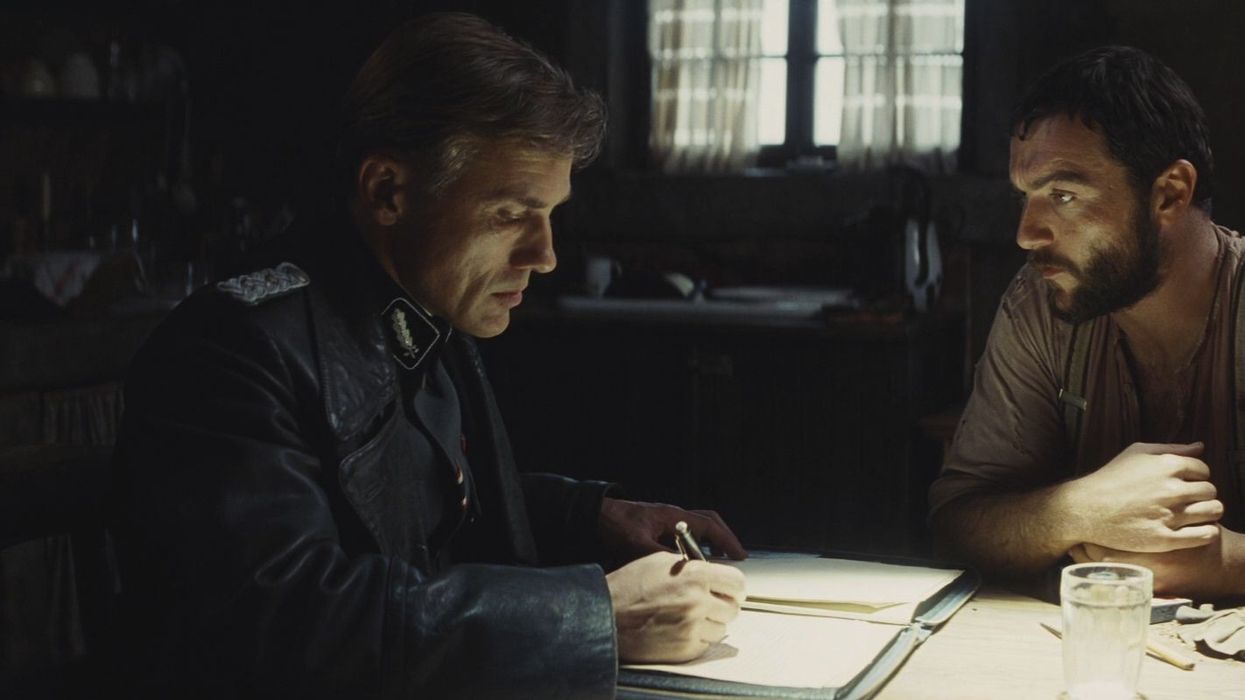Is Your Scene a Snooze Fest? Here Are 4 Ways You Can Wake It Up
These four very simple techniques will definitely add some interest if your scene just "isn't working."

Whether you're currently thrashing through your screenplay or pulling your hair out on set, films are often plagued with scenes that fall a little flat. You may not know exactly why it's happening in your film—I mean, there could be many reasons—but your scenes are just not working. There's a way to get out of this situation, though. In this video, filmmaker Jay Moussa-Mann of The Director's Logbook shows you a few ways in which you can not only give your scenes a more interesting look but also give your audience a more interesting performance to watch. Check it out below:
Move your characters
Movement, it's an important thing in aesthetics and we're going to talk about twice before we're done here, so buckle up. Movement creates kinetic energy, which helps draw your audience's eye to whatever is moving. So, if you've got a boring scene on your hands, consider asking your actors to get up and perform a task while delivering their dialogue, be it pouring a cup of coffee, trimming the hedges, or simply walking down a hallway. Whatever it is, though, Jay suggests adding a little subtext with your character's actions and movement, like if your character is angry at another character in the scene, have them use a nice, big, sharp knife to cut up a piece of meat for dinner.
Move your camera
Kinesis! We're back on it! This time, however, it's about moving your camera. If you've got a scene that is a little boring with a stationary shot, try putting your camera on a slider, a dolly, or a gimbal and move it around. You don't have to be the most about it; you can be subtle with a little push-in or a little handheld camera shake. Again, the movement adds kinetic energy, will help draw your audience's eye, and will make your boring scene a little less boring.
Add dialogue
Alright, we covered some visual elements, so let's touch on some narrative stuff now. Dialog—a few good lines can seriously raise your scene from the dead, so if you find that yours is six feet under, see if adding a little humor, severity, or tension with dialogue will revive it. Again, you don't have to be the most and write a novel; one or two lines will go a long way if you use them in the right place in the right way. You can obviously do this during the writing process, but if you're already shooting, you can also create some lines on the fly or ask your actors to improvise.
Take out dialogue
You should be taking out dialogue left and right anyway, right? Got a perfect script? Cut it down! Why? Because chatty characters who don't get to the point are more often than not incredibly boring to watch. (Note that I say "more often than not," not "always.") So—scene's boring, need to change that—take out some dialogue. Find the big blocks of text in your screenplay and see if you can slim it down to a line or two. Your audience will probably thank you for it. If you're past the writing phase and realize this on a shoot, no problem. Just revise the scene by cutting down the dialogue to the core idea and ask your actors to perform the new dialogue.
What are some ways you make your scenes more interesting? Let us know down in the comments.
Source: The Director's Logbook











